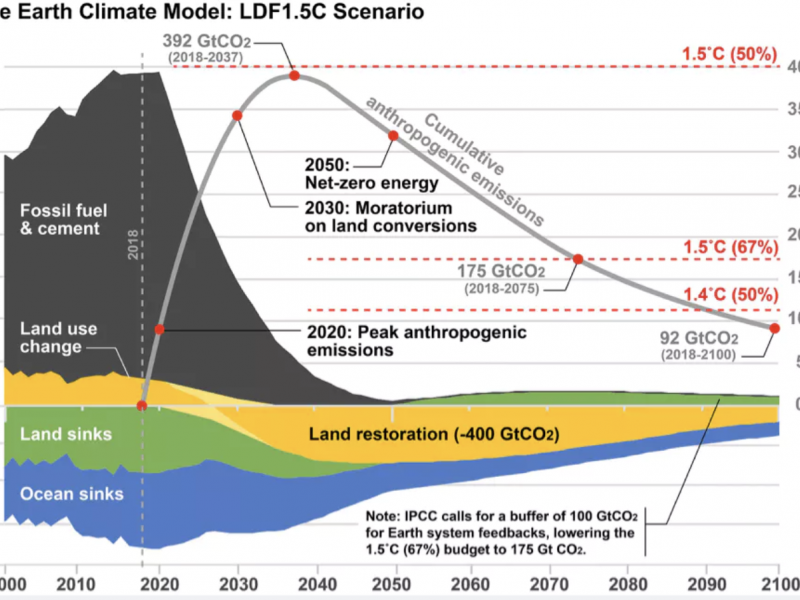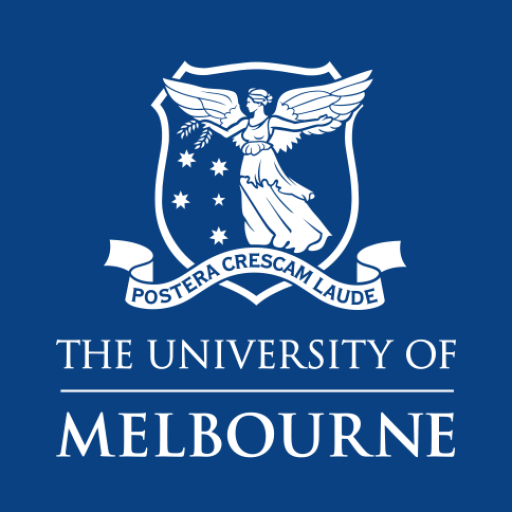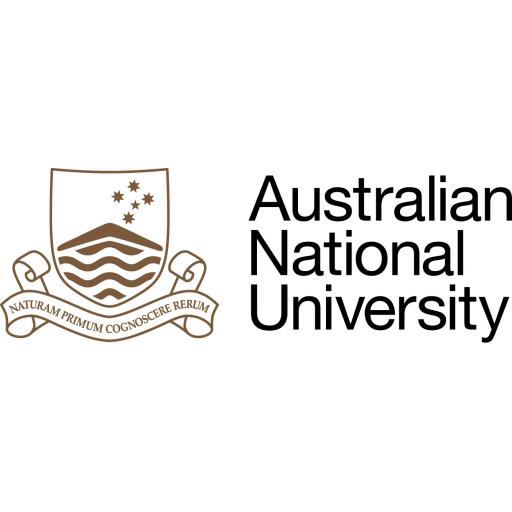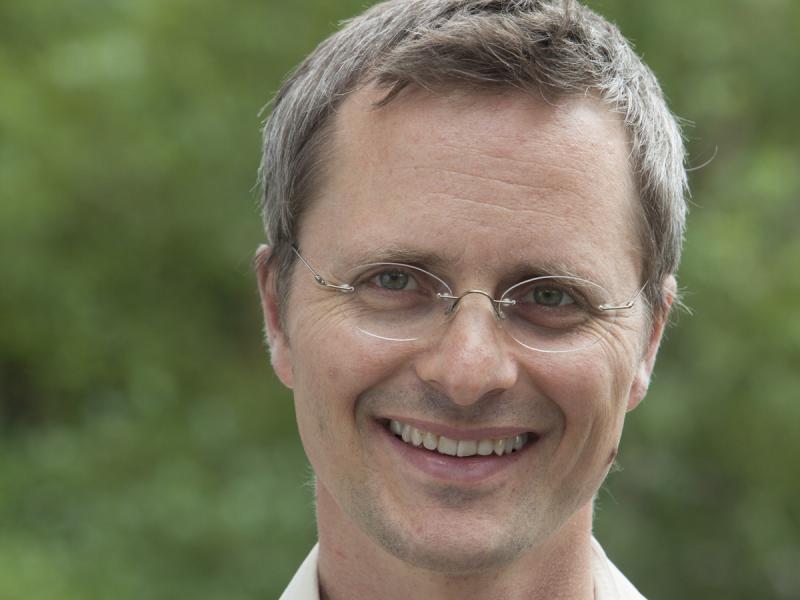This is a collaborative effort between the University of Technology Sydney, the German Aerospace Center, and the University of Melbourne to develop transition pathways consistent with limiting global warming to 1.5˚C without relying on unproven negative emissions technologies or techniques, such as bio-energy with carbon capture and storage (BECCS). The project, known as the One Earth Climate Model, is funded by the Leonardo DiCaprio Foundation and led by the UTS Institute for Sustainable Futures.
Using the MAGICC platform (Model for Assessment of Greenhouse Gas Induced Climate Change) the project demonstrated that a 50% chance of not overshooting 1.5C by 2100 is possible through deployment of 100% renewables by 2050, with extensive and deep land conservation efforts. The modelling assumed a 2030 moratorium on the conversion of land and 400 GtCO2 of emissions removed through reforestation and soil carbon. The cost of the effort was calculated at US$1.7 trillion per year globally and was estimated to produce 12 million new jobs while also providing for the existing 30 million energy sector jobs. The key elements of the energy roadmap are increasing capacity for wind and solar; broad electrification of power, transport, heat and industry; increased energy storage through batteries and pumped hydro; increased energy efficiency; repurposing gas infrastructure for green hydrogen; and enssuring employment for energy workers within a green economy.









